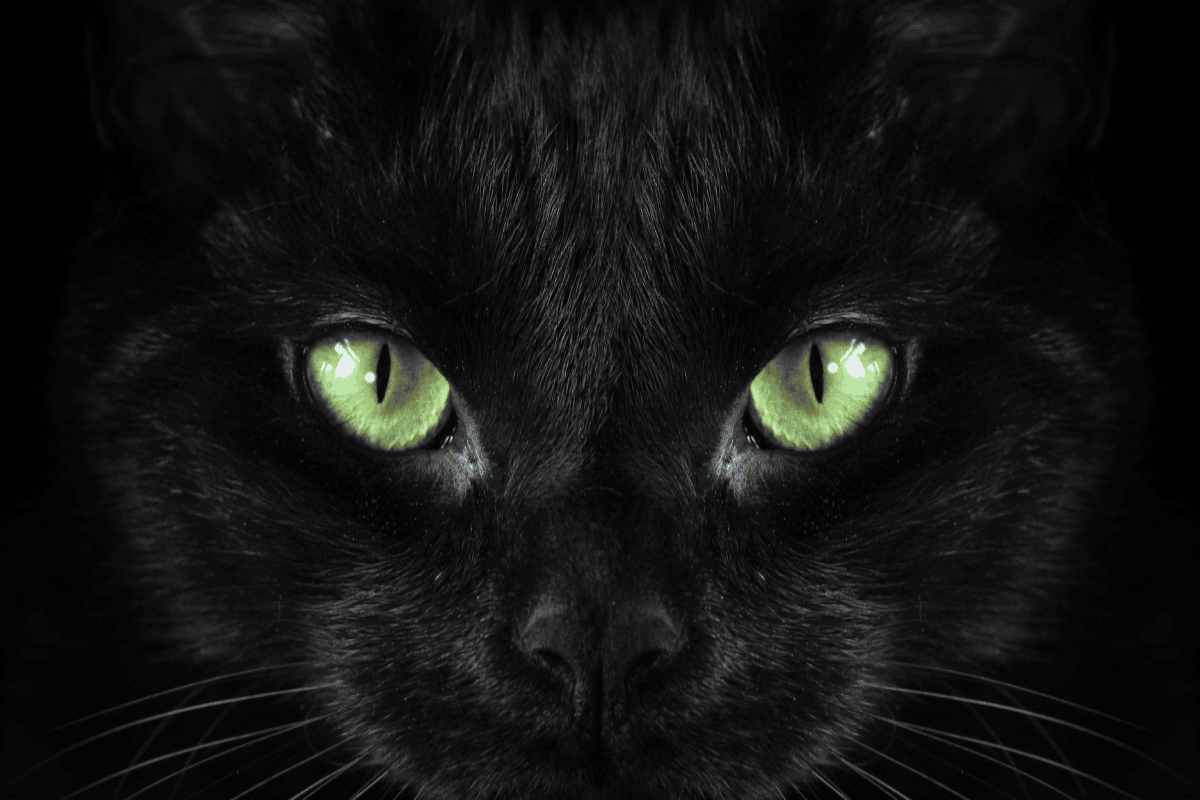Black cats have long been a symbol of Halloween and are closely associated with all things witchy. You'll probably not be surprised to hear that black cat costumes top the Halloween fancy dress best-seller list most years. But how did the black cat get her wicked reputation? And is it deserved?
Five Fascinating Black Cat Facts for Halloween.
1, Blame Pope Gregory.
Black cats played major roles in pre-Christian religions and in Celtic legend: both as omens of bad luck and evil, and as good luck symbols, or even gods. Maybe this heathen association is what led Pope Gregory XI to declare back cats “satanic” in 1233.
Following the pope’s declaration, there were horrific massacres of black cats all over Europe. And at this time black cats really could be bad luck, as just owning one could be cited as evidence that someone was a witch.
2. Not Bad Luck for Everyone
The fear of black cats doesn’t extend everywhere. Sailors always welcomed a cat aboard, to keep ships' rodents under control. But a black cat was thought to bring good luck as well as good pest control.

Black cats are seen as good omens in Welsh folklore, and in Japan, they are thought to bring romance. In Germany, they are good luck if they cross your path going from left to right - bad luck if they’re heading in the other direction!
3. Ten Lives?
Whilst all cats are said to have “nine lives' ' the black cat might go one better. The gene that causes black fur also boosts the immune system.
This gene makes black cats better at fighting Feline Immunodeficiency Virus, which is very similar to HIV in humans. Scientists are very interested in what we can learn from black cats about new treatments for HIV.
4. More Male Than Female
There are 22 breeds of cat that can be black, but only one, the Bombay cat, that is always black.
And whilst both male and female cats can be black, black cats are more often males - no one knows why.
5. Golden Eye
Black cats' fur colour is caused by a pigment called Melanin. Black is actually the most common colour in cats' fur, though it’s often mixed with other colours in stripes or patches.
There could be a good reason for this. Cats are nocturnal and having dark-coloured coats can only help them be less visible, and therefore better hunters in the dark.
Melanin fades in the sunlight, so a black cat who is more into sunbathing than moonlight stalking can go “rusty” in colour.
The same gene that causes the production of melanin in cats resulting in their black fur colour, also causes most black cats to have yellow, amber or pale green eyes. These striking eyes might not do a lot to help black cats blend into the shadows. But they certainly make them striking to look at.
Less Loveable? No!
There has long been a misconception that black cats are less likely to be adopted from shelters, because of their associations with bad luck.

There is actually no scientific or research-based evidence to support this. In fact, it may be that because black is such a common fur colour more black cats get rescued in the first place.
But if you’re looking for a good reason to offer a rescue cat a furever home right now, don’t let us stop you - just make sure it’s a black cat.








